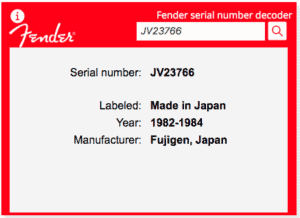This article aims to detail the process of fret polishing for guitars. Over time, frets tend to tarnish due to oxidation and contact with sweat from your hands. Not only does this affect the visual appeal, but it can also impact the playability of the instrument. Fortunately, polishing guitar frets is a straightforward task and requires inexpensive equipment. It’s an additional step that can be integrated when changing strings, along with cleaning and hydrating the guitar’s fretboard. These routine maintenance steps contribute significantly to keeping your instrument in optimal condition, and they can be easily managed without requiring the services of a luthier.
- Steel wool n°0000
- Fingerboard guard
To begin, remove the strings and ensure you have a fresh set available. While it might seem evident, it’s crucial to have this in place.
Once the strings are off, start by safeguarding the pickups. Use adhesive tape to cover them because metal particles from fret polishing can adhere to the pickups due to their magnets. Avoiding this mistake is important. Personally, I take an extra step by covering the entire guitar body with a large sheet of newspaper and securing it with adhesive tape for comprehensive protection.
Next, employ a fingerboard guard to polish each fret. This prevents any inadvertent damage to the fretboard, regardless of whether it’s veneer or not. Fingerboard guards are available online at a minimal cost.
If you don’t have fingerboard guards yet, adhesive tape can serve as an alternative to cover the fretboard.
Finally, utilize a piece of steel wool, specifically grade 0000 (note: using this fine grade is crucial to prevent fret damage). As you rub the frets with the steel wool, you’ll notice them quickly regain their shine and smoothness.
This process requires only a few minutes of work. Afterward, you can clean the guitar’s fingerboard to conclude the task.







